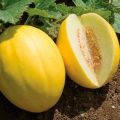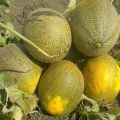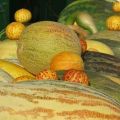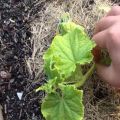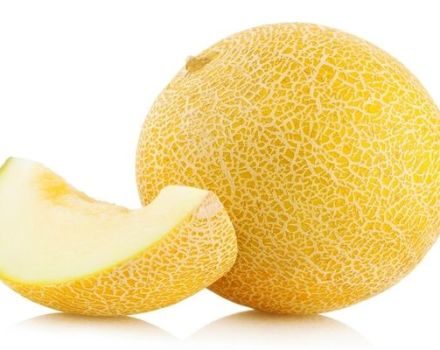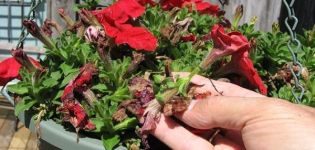Description of the Ethiopka melon variety, cultivation features and yield
The Ethiopian melon got its name as a result of its resemblance to the fruits of the hot African continent. This suggests that the melon is both large and sweet. The variety was bred by breeders of Russia, therefore, in the conditions of the country's climate, it grows successfully. The variety is popular with gardeners. It is grown everywhere in the open field.
Distinctive features of the melon variety
Melons and gourds came to our gardens from the hot regions of Central Asia. And the plant gives yields of sweet fruits when the summer is hot and dry. The Ethiopka melon variety tolerates heat easily. The plant has powerful, but short lashes, so the bush looks compact.
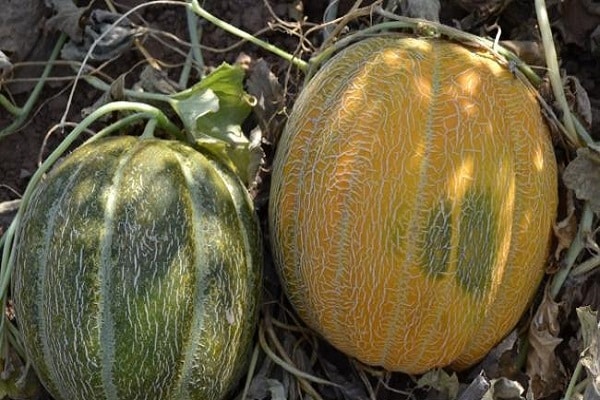
According to the description, the Ethiopian melon has fruits:
- round shape;
- weighing from three to five kilograms;
- with a thick yellow peel painted with a grid pattern;
- as if divided by stripes into slices;
- with white pulp;
- juicy, honey-flavored.
A feature of the Ethiopian vegetation is self-pollination, since female flowers are adjacent to male flowers on the shoots.
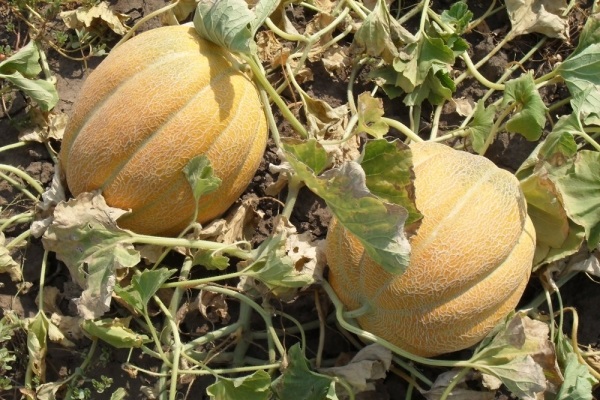
The advantage of the melon variety is the following characteristic of the plant:
- You can get fruits from a melon 80 days after the first shoots appear.
- No need to pollinate the plant.
- Compact bushes of the Ethiopka variety are grown in a small area of the garden.
- One plant produces up to 5–6 fruits per season.
- It is worth growing the variety even in areas with a temperate climate - it has time to mature.
If you create favorable conditions for the plant, protect it from fungal infections, then it will thank you with sweet juicy fruits.

Melon cultivation Ethiopian
For melons, the planting site is chosen in the fall. The site should be well warmed up by the sun. The soil for the melon is needed not swampy, loose. River sand and wood ash are added to heavy clay soil. Depleted soils are enriched with humus or peat. Of the fertilizers, complexes containing potassium and phosphorus are introduced. After digging, leave the beds for melons for the winter.
In areas with a warm climate, melons and gourds are immediately sown in open ground, in cold areas they are using the seedling method of cultivation.

We grow seedlings
After rejection of seeds, they are kept in a solution of boric acid and zinc sulfate for twelve hours. For disinfection, it is advised to place a bag of seeds in a one percent solution of potassium permanganate for half an hour. It is better to harden the seed by alternately immersing it in warm water for a day, then in cold water. The hardening procedure is carried out three times.
In the first half of April, containers are prepared by filling them with nutritious soil permeable to air and moisture. It is better to choose a peat pot or glass for each plant.Then it will be more convenient to transplant seedlings to the beds.
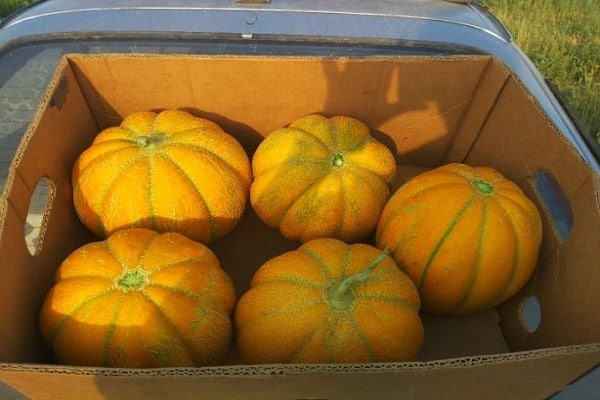
By mid-May, 3-4 leaves will appear on the shoots. If the soil in the garden has warmed up to 10-15 degrees, then it's time to transfer the seedlings to open ground.
Landing in open ground
For the cultivation of melons, a square-nested planting method is used. A distance of 50–70 centimeters is set between the nests. River sand is added to the holes in advance, which helps to increase the looseness of the soil and improve heating... If grown with seeds, then they are embedded to a depth of 3-5 centimeters. Seedlings are buried at the level of the lower leaves... The first three days the sprouts are not watered, they give them time to grow stronger.
To increase the yield of melons, it is advised to plant corn or sunflower next to the plant. Such plantings will protect the Ethiopian melon from the cold wind and save it from low temperatures.

Care advice
Timely care of Ethiopian melon consists of:
- thinning plantings;
- pinning lashes;
- processing of row spacings.
The breakthrough of plants is to leave up to 3-4 shoots in the nest.
As soon as the fruits begin to tie, the lashes are pinned to the ground with wooden hooks or the shoots are sprinkled with earth. Then the formation of additional roots will begin. For the effectiveness of the procedure, a hole is made and a leaf petiole is placed there, then sprinkle with soil on top of the lash.
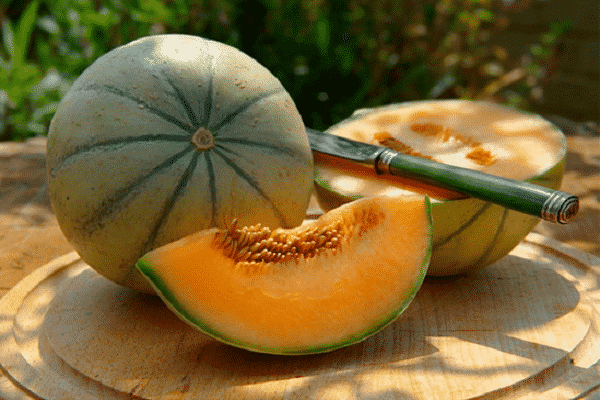
To accelerate ripening, bushes are formed by pinching the main stem over the fourth leaf. After all, on this shoot, almost no female flowers are formed.
Row spacing is loosened first to a depth of ten centimeters, then to seven. During the summer period, the procedure is carried out three times.
From top dressing the Ethiopka variety needs:
- the first - a solution of bird droppings in a ratio of 1:15 when 4–5 true leaves appear;
- the second after 2-3 weeks with a mineral complex of 50 grams of superphosphate, 20 potassium salt and ammonium nitrate per bucket of water;
- the third - after a two-week break with mineral fertilizers.
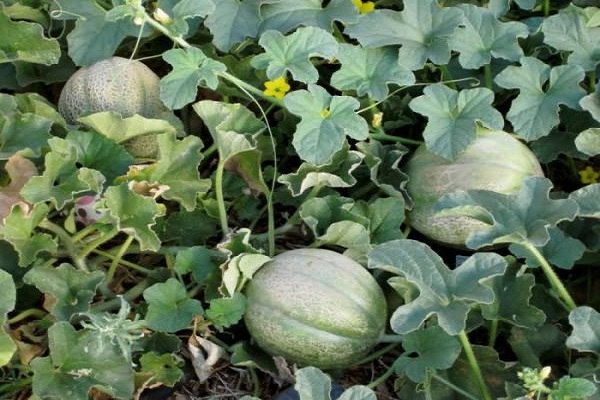
Pour half a liter of nutrient solution into the well.
Ethiopian melons are watered regularly, following the vegetation of the plant. The plant does not need excess moisture - the fruits and shoots will begin to rot. But the lack of water will affect the decrease in the number of ovaries, and hence the harvest.
Increase the frequency of watering during fruit setting, and decrease it until the flowers appear and during the ripening period.
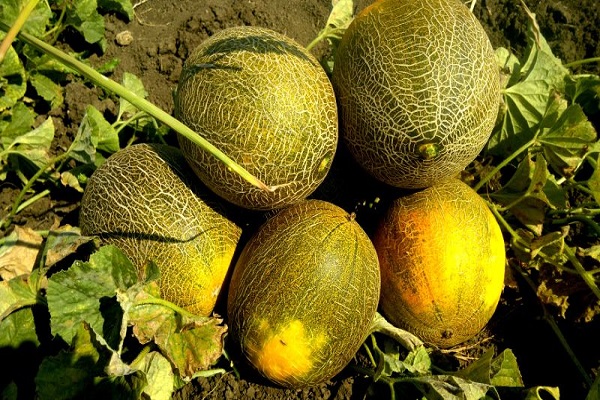
Melon diseases and pests
The Ethiopka variety is good for everyone, but the cultivation of a melon crop is associated with diseases and pests that attack the plant during its development.
Of fungal infections, you have to fight:
- black leg;
- olive spot;
- powdery mildew.
Black leg fungus destroys seedlings and young seedlings. Pathogenic microorganisms are activated when there is a lot of moisture in the soil, stagnant water. And the sharp changes in temperature contribute to the spread of spores. To prevent the disease, it is necessary to pickle the seeds in a solution of Fitosporin or potassium permanganate.
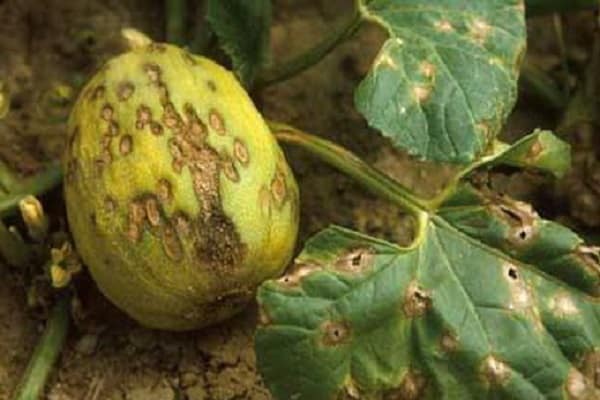
Spots of olive-colored oily structure on the leaves indicate the development of a fungal disease. They struggle with pathology by treatment with fungicidal preparations, Bordeaux liquid.
White bloom on the leaves is a sign of powdery mildew. Timely measures taken will help get rid of the infection. To do this, use pollination with sulfur powder or treatment with a strong solution of potassium permanganate. Fungicidal agents will also help: Fundazol, Topaz.
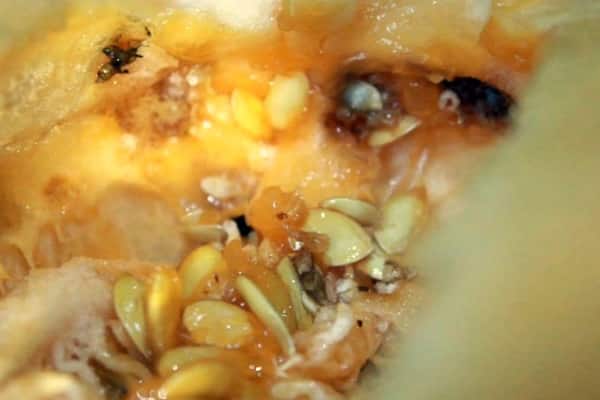
From pests affects the beds melon fly... Its larvae penetrate the pulp and cause the fruits to rot. To destroy the larvae of the pest, they plow the plots after collecting ripe melons, treat the bushes with the Rapier preparation twice a summer.
The gnawing moth larvae are capable of causing damage by damaging the roots and stems of the plant. They destroy adult insects and larvae with the help of insecticides like Decis. A spider mite is easy to recognize by the threads with which it entangles the leaves of the plant. Colonies of the pest are destroyed by treatment with Fitoverm.
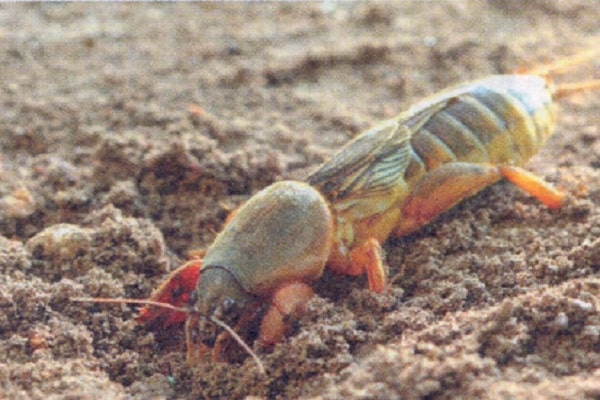
For prevention melon diseases and pests Ethiopians carry out deep plowing of the area in the fall, regularly loosen the aisles. And after harvesting the fruits, the remains of vegetation are burned, digging up the ground.
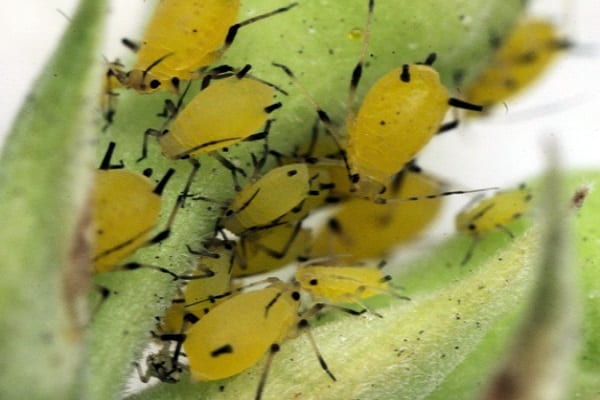
What do vegetable growers say about Ethiopka?
Positive reviews about Ethiopka melon indicate that the product is popular among gardeners. They note the honey taste of ripe fruits reaching a weight of five kilograms. To obtain specimens of a large mass, careful plant care is required. Lazy gardeners will not grow large fruits.
Many positive qualities are noted by gardeners in the Ethiopian melon variety. The fruits ripen in August. They are large, with a yellow thick skin, and the flesh is white, juicy.
Fans of the variety believe that it is easy to grow. The main thing is to protect the melon from diseases, to create favorable conditions for growth.




